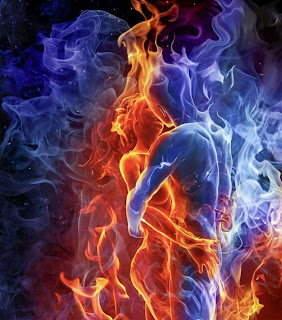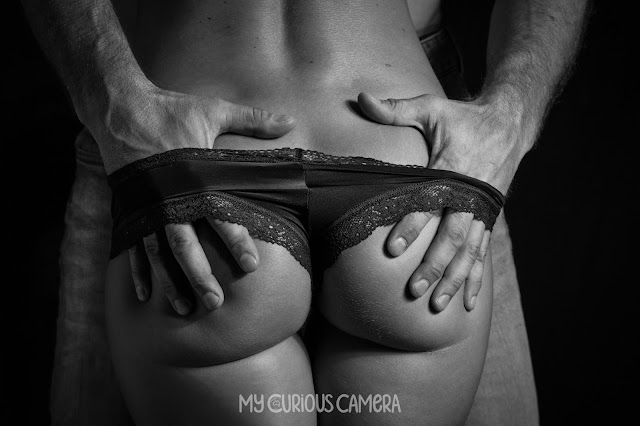Travel Landscape Photography Tips - Exposure
 |
| 30 second exposure of Sydney Harbour |
 |
| Same scene without a filter. |
LONG EXPOSURES
 |
| Oops...forgot my Tripod |
10 Stop Solid ND Filter - I used a BW 10 stop filter to get the top image. They are around $50-$100.
Tripod - Ideally a tripod is recommended. I actually forgot my tripod so set my camera up on a nearby pylon and used my lens hood to keep the camera upright and steady.
Focus First - once your camera is setup, focus the lens on the scene, then switch the lens to Manual Focus (MF). Then attach the filter. You cannot focus with the filter on because it is so dense you cannot see anything.
EVEN EXPOSURES
The light difference between the sky and the foreground can be greatly different. This means you will often get a correctly exposed foreground but there won't be any detail in the sky. I have two tips that I use that might be helpful for getting a better exposure.
 |
| Without filter the clouds are blown out and their is little detail in the sky |
1. Graduated Neutral Density Filter
A graduated neutral density filter (GNDF ) goes over the front of your lens a bit like sunglasses except in this case, the filter is graduated, going from dark to light allowing you to get a more even exposure. There are light, Medium and Dark filters. I actually cheat and just hold the filter up in front of the lens but you can do it properly and put the filter holder on. I got a set of Cokin Filters for $25 from a second hand camera shop and never go on a trip without them!
2. Exposure Compensation
This tip works if you intend to use post processing to finish your image.
If you shoot a scene and the exposure is too high for the brightest parts of your image, such as the clouds in the sky, you will have lost all detail and won't be able to get them back. They are "blown out".
Therefore it is always better to have your image a little darker so that the information in the brightest parts is retained. You can always bring a bit of life out of the shadows but you cannot get back the lost detail in the clouds.
With this in mind, just roll your exposure compensation down to EV -1 or thereabouts. The entire scene will be darker but you can bring the shadows out in post processing. If you are shooting directly into the sun, go to -2.
About The Author
If you shoot a scene and the exposure is too high for the brightest parts of your image, such as the clouds in the sky, you will have lost all detail and won't be able to get them back. They are "blown out".
Therefore it is always better to have your image a little darker so that the information in the brightest parts is retained. You can always bring a bit of life out of the shadows but you cannot get back the lost detail in the clouds.
With this in mind, just roll your exposure compensation down to EV -1 or thereabouts. The entire scene will be darker but you can bring the shadows out in post processing. If you are shooting directly into the sun, go to -2.
 |
| Original Image with -1 EV |
 |
| Same image brought back to life with a couple of minutes in Photoshop and Lightroom |
Stay tuned for more tips soon to come. Feel free to comment with topics that you would like to hear about.
Nina Beilby is a professional photographer and photography educator based in Chatswood, Sydney, Australia. You can see more of her work at www.ninabeilby.com.au.
Thanks for visiting!














Comments